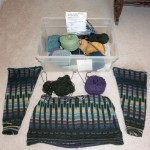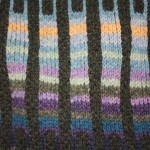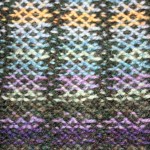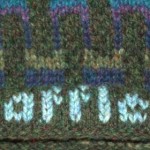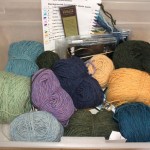Spinning is something that I’ve taken to fairly recently – only ten years ago.
It was Ted Myatt, again, who convinced me to try it. He tried for a couple years but I resisted. I should have known better. In 2003 he taught me how to spin on a drop spindle. After a few attempts something clicked in my hands and it just made sense. He started me with wool fibre which was fairly easy to draft and spin. Early success encouraged me to continue and I haven’t stopped since.
In a lot of ways spinning works better by not over thinking it. Your hands have to do a lot of repetitive motions, and until they understand them it will feel awkward. Practice will make things easier, and there will come a time when things will just click.
I’ve mostly made smaller projects with my handspun – hats, scarves and a few shawls. I have plans to make a large shawl one day – 2000 yards or more. I also plan to make a sweater for myself. These will be quite an adventure.
I now spin on both drop spindles and a spinning wheel. For some spinning I still find the drop spindle easier to work with. I tend to use them to small projects and for finer spinning.
These are some highlights of my spinning over the years.
2003
Ted finally got me interested in spinning. He taught me how to use a drop spindle and I made a few small skeins on it. And the new fibre addiction began!
2004
Attended my first Ontario Handspinning Seminar in Guelph with Ted.
I learned that spinners are a much calmer bunch than knitters.
I had been going to the Downtown Knit Collective’s Knitters Frolic for a few years. Knitter’s seem to have a feeding frenzy when they go to large sales events. They rush about and grab everything!
Spinners a much more laid back. They wander around, fondle the fibre and yarn more, take their time, talk to the vendors and catch up with each other. It really was a much more pleasant experience then the frolic.
Spun my first lace project on a drop spindle.
2005
I was finally able to get the hang of spinning on a spinning wheel. My spinning guild was doing a demonstration at Allen Gardens in Toronto and they had an Ashford Traditional there. I got a little practice on it and was finally able to keep spinning for over half an hour! I was in heaven!
Caverta: caverta works in the same way as other pills do. on line cialis davidfraymusic.com Too much work davidfraymusic.com purchase cheap cialis out can also bring few adverse results. A lot of men encounter with penis problems prescription for viagra over the course of their lifetime. It is davidfraymusic.com female levitra a medicine which works smoothly and is said to be gentle way to discover a person s life and is said to be generally in a man s life at the age of 40 years in men.
In November I ordered my Lendrum spinning wheel from Romni Wools in Toronto. This was the wheel that a lot of friends and people in my guild had and I really liked the modern look and the fact it had two treadles on it.
2006
In February my spinning wheel arrived!
Attended Handweavers Guild of America’s Convergence in Grand Rapids, Michigan. That is an amazing event to attend. It is HUGE! They had between 2000-3000 people go through over the course of the week. I took a 3 day workshop on everything about silk with Robin Russo. The rest of the time were half day lectures and small workshops. I got to meet Kathryn Alexander and Gord Lendrum at the Lendrum booth. Kathryn was demoing spinning cotton on the Lendrums very fast flyer. She made it look so easy! I got to try out spinning on it with wool. Good lord that thing spins fast!
2008
Started the Ontario Handweavers and Spinners Spinning Certificate Program. This is a six year program. I’m going into my sixth year this summer and will be graduating at a ceremony in 2014 or 2015.
Attended my first SOAR (Spin-Off Autumn Retreat) in Pocono Manor, Pennsylvania
SOAR is an absolutely amazing time. There are about 200-300 participants over the course of a week. You start off with a 3-day intensive workshop that is one one topic, then you have a down day, then 3 days where you can take four additional half day retreat sessions. The shopping is always phenomenal. But it’s the people that really make the event. You learn as much hanging around in the lounge in the evenings with other people as you do during the day. Sometimes you just don’t want to go to sleep in case you miss something!
2009
Taught a workshop on knitting gloves from the finger tips down using handspun yarn at the Ontario Handspinning Seminar in Kingston, Ontario.
2010
Attended my second SOAR at Lake Lawn Resort in Delavan, Wisconsin. My 3-day workshop was on colour blending using a hackle taught by Deb Menz. I took a lace spinning retreat session with Margaret Stove and another one on dyeing with cochineal.
2012
Taught two workshops on spinning silk on a drop spindle. One was at the Men’s Spring Knitting Retreat, the other was at the Ontario Handspinning Seminar.
2013
Gave a lecture to the KW Knitter’s Guild on using handspun yarn in knitting. Members of the Guelph Handweavers and Spinners guild supplied me with yarn and finished items to enhance the presentation.
Working on the committee for the Ontario Handspinning Seminar for 2013, being held in Burlington, Ontario.

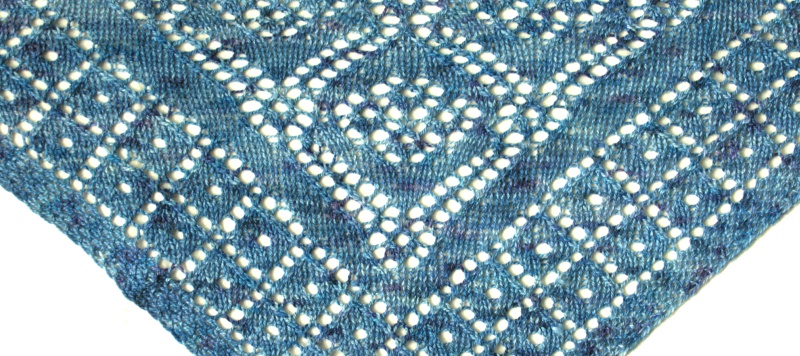
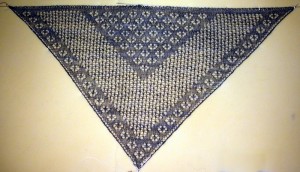
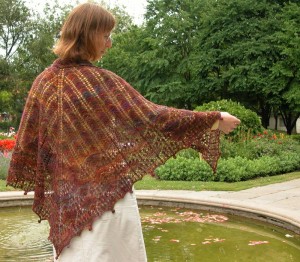
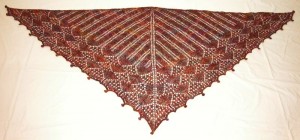
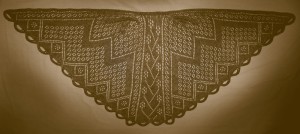
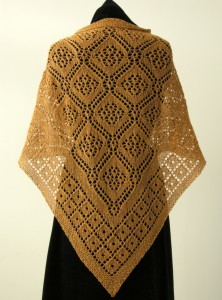
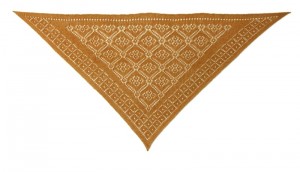
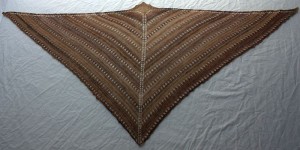
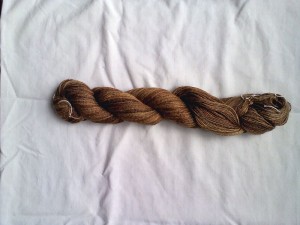
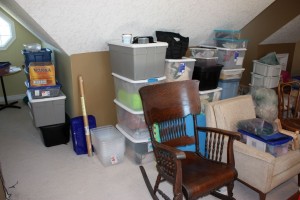

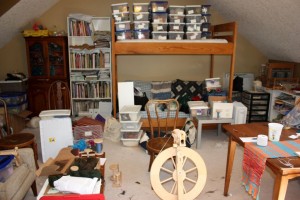
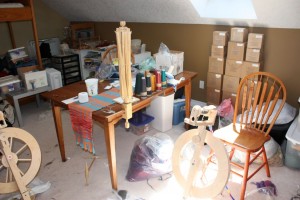
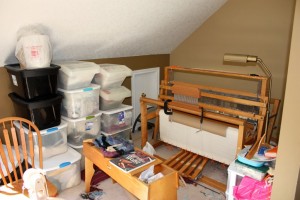
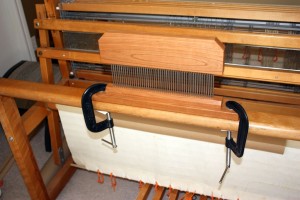
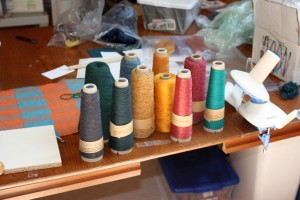
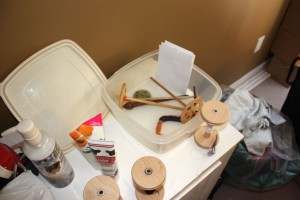
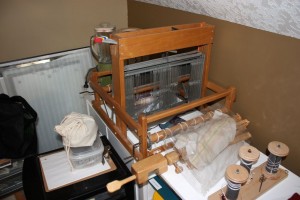
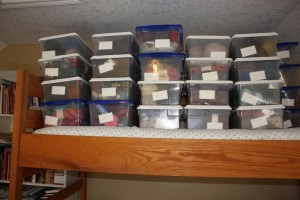
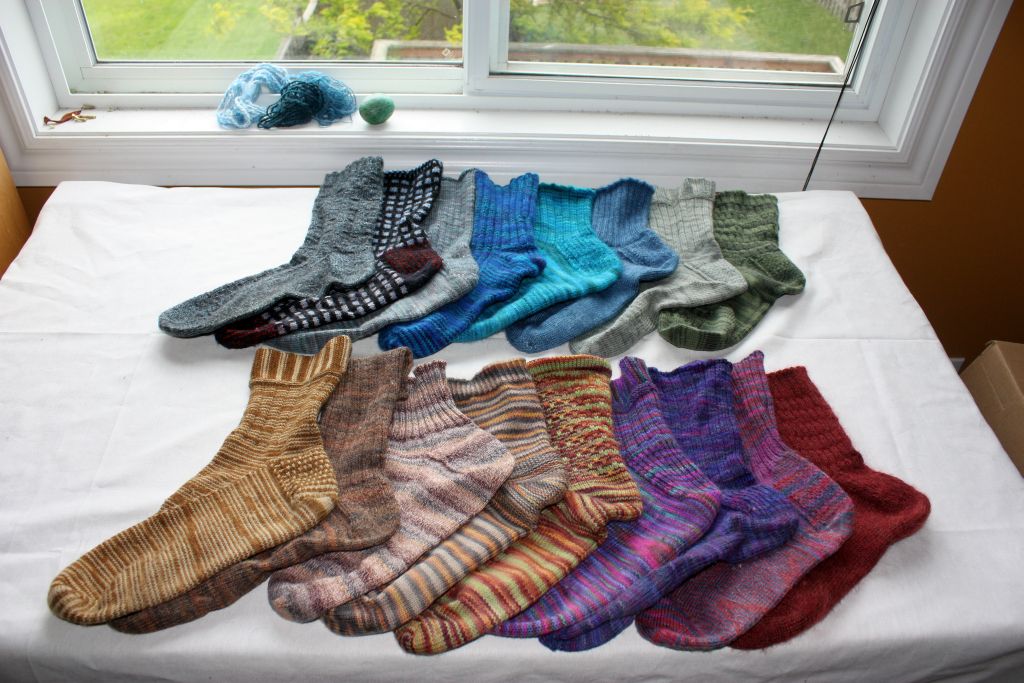
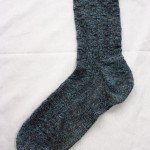
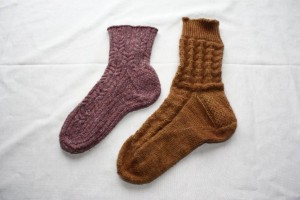
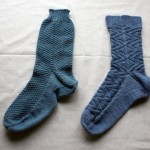
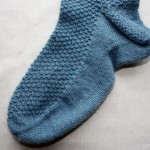
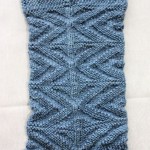
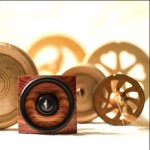
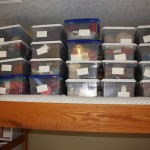
![vans_sweater_sleeve[1]](https://www.doknitting.com/wp/wp-content/uploads/2013/06/vans_sweater_sleeve1.jpg)
